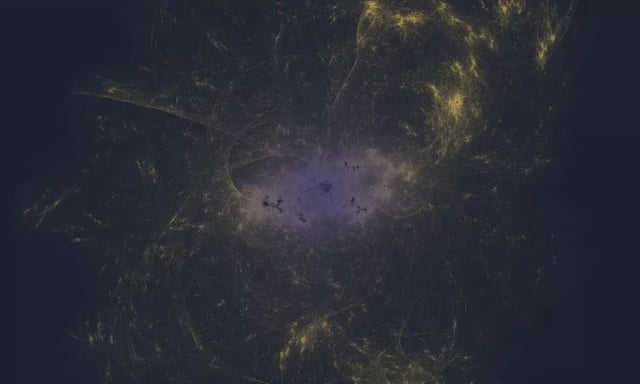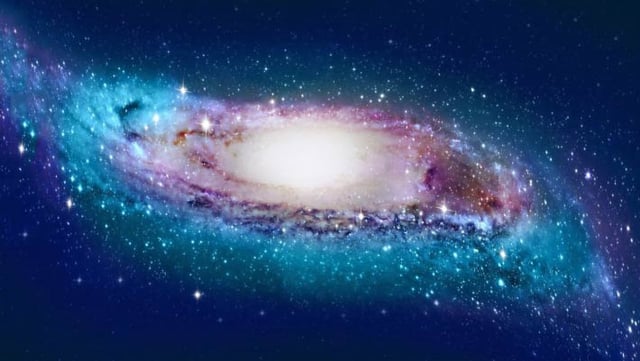Overview
- Ethan Nadler's study reveals that star formation can occur in dark matter halos as small as 10 million solar masses, significantly lower than the previous threshold of 100 million to 1 billion solar masses.
- The research emphasizes the role of molecular hydrogen cooling, which enables star formation in lower-mass halos compared to earlier models based on atomic hydrogen cooling.
- The findings, published in *The Astrophysical Journal Letters*, were derived using galaxy formation theory and cosmological simulations.
- Upcoming observations from the Rubin Observatory and the James Webb Space Telescope (JWST) are expected to test these predictions and potentially uncover completely star-free dark matter halos.
- The discovery of star-free halos, if confirmed, could provide new insights into the nature of dark matter and reshape our understanding of cosmology.

